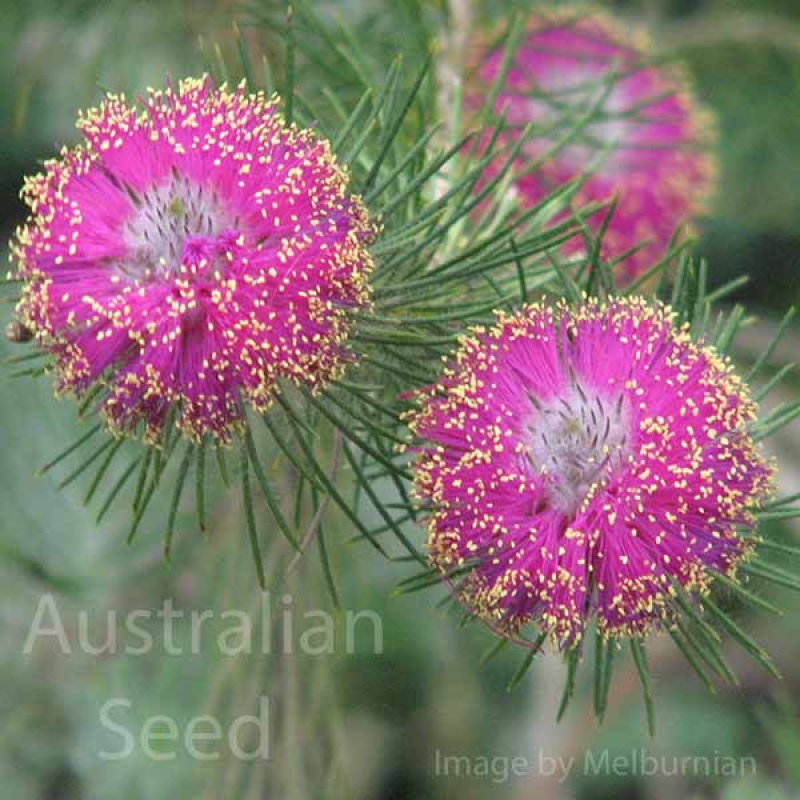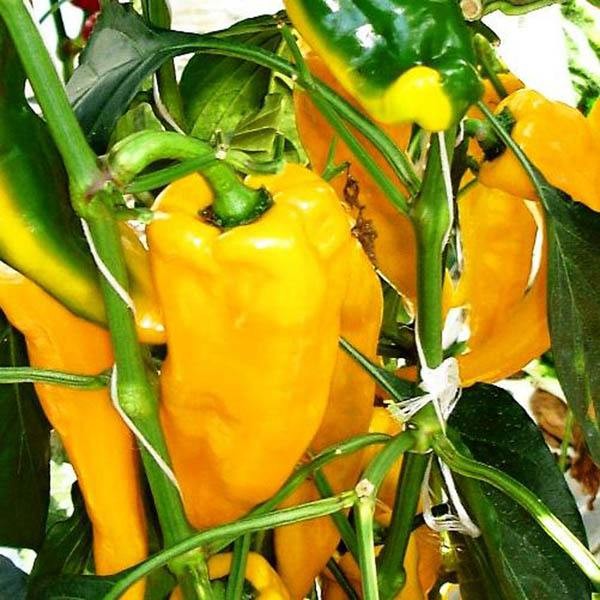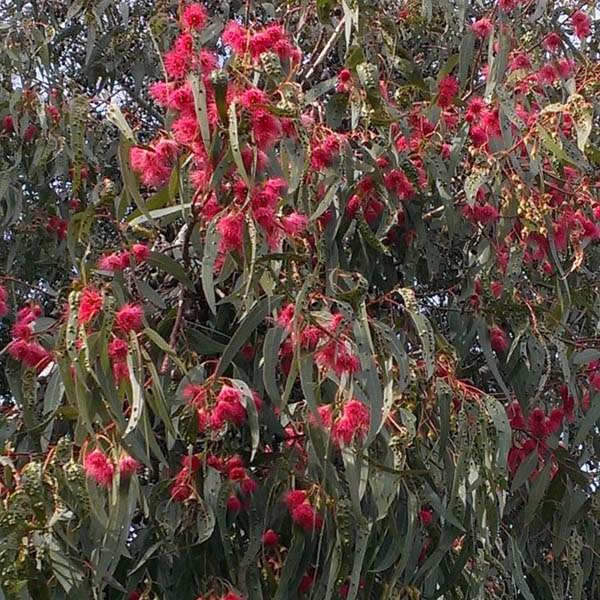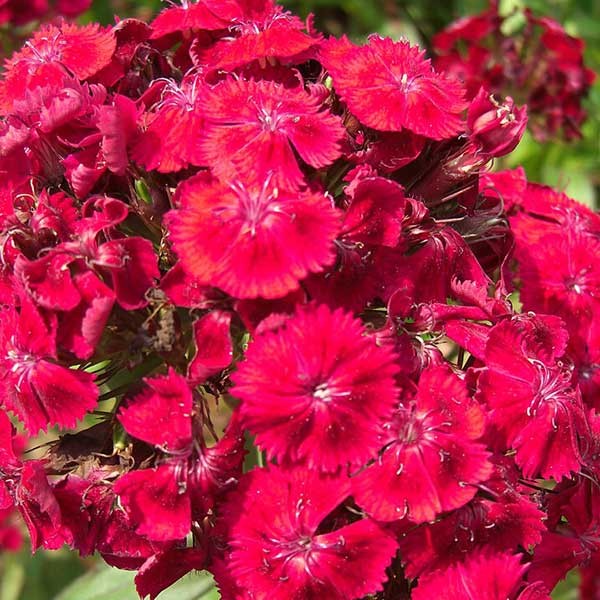We ship Internationally and Australia-wide | Phytosanitary Certificates are available for international orders.
Due to high order volumes, our handling time has been extended to 5-7 business days. We apologise for any inconvenience and appreciate your patience.
The pretty Honey Myrtle is a highly ornamental low growing, spreading shrub with attractive pink to mauve pom-pom shaped flowers that occur profusely from late winter to early summer in its native.
A hardy native ground cover for that is suitable for coastal conditions that attracts nectar eating birds and insects.
Prefers a well drained sandy or gravelly soil in an open sunny position, drought and moderately resistant to light frost.
Endemic to the South-West Province of Western Australia from Geraldton in the north to Leewin in the South.
Grow notes:
Seed is generally best sown in spring or autumn in temperate climates, avoid the coldest and hottest months of the year. The optimum germination temperature for germination is around 18-22°C
- Sow on surface of the growing mix.
- Press lightly into surface. Do not bury the seed.
- Keep warm & moist, avoid drying out or waterlogging the growing mix.
- Germination generally occurs in around 14-28 days in the right condition.
Seeds of many natives are dormant and require specific conditions or pre-treatment for germination.
Do not be too hasty to discard seed that does not germinate, natives will often lay dormant until the conditions are similar to their natural requirements for germination to occur. Containers put to one side will often surprise long after they were discarded.
We now stock a range of Propagation Accessories including the popular Aquamiser Propagation Kits, Pots, Native and Forestry Tubes, Trays, Labels and more.
We can only ship these items to Australian locations, international customers please request shipping quotation prior to purchasing.





